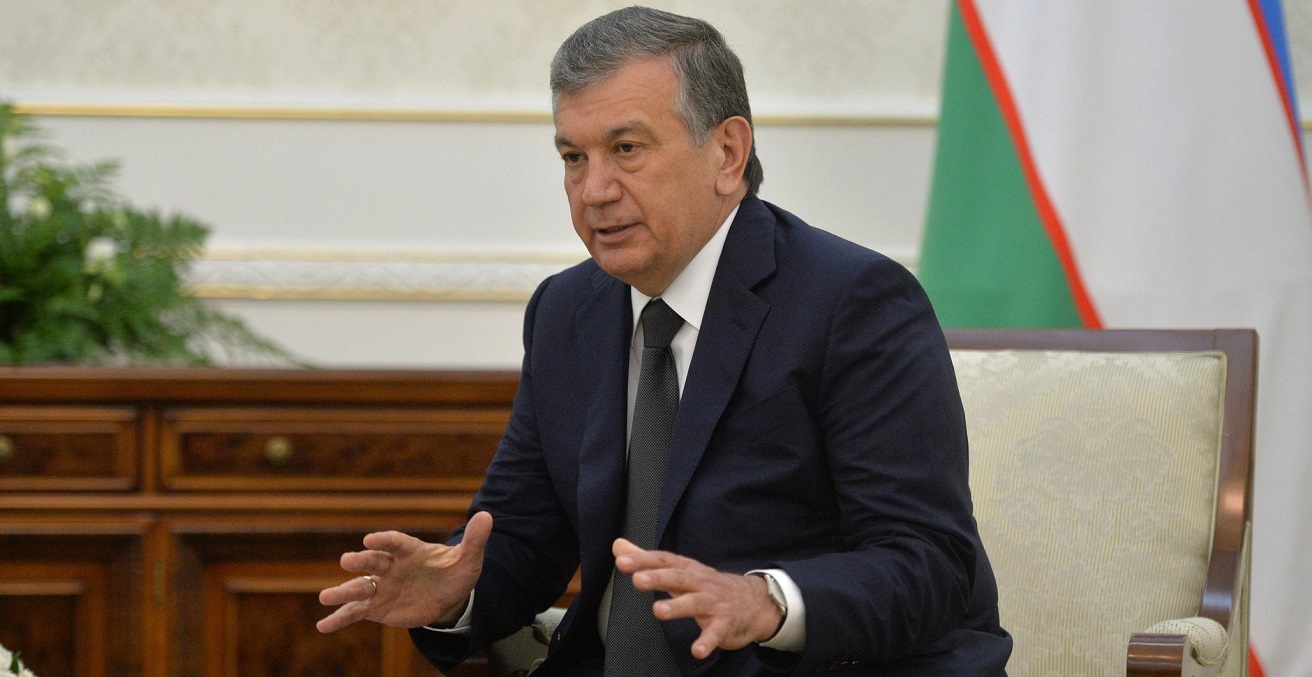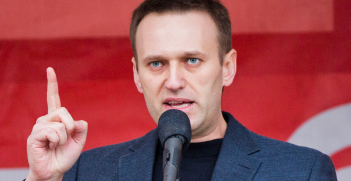Twelve Months in Tashkent

With a more open foreign policy and better reform prospects, Uzbekistan’s recently elected President Shavkat Mirziyoyev has many convinced of his geniality, but only time will tell if he can lead the nation to a prosperous future.
One year on from the death of President Islam Karimov, Uzbekistan appears to be emerging from years of self-imposed political oppression and economic isolation. But assessments of new President Shavkat Mirziyoyev as either a reformer or a regressive are problematic while he is still consolidating his power. What insights can be drawn from his first 12 months as ruler of Central Asia’s most populous country?
Mirziyoyev was widely seen as a regime loyalist in the mould of Karimov when he took office in December last year. He served as the governor of the Jizzakh and Samarkand provinces during the 1990s and early 2000s, before being appointed prime minister in 2003. Mirziyoyev’s succession to the presidency was not certain, but also not unforeseen, and it is possible that he was able to leverage the existing alliance between Uzbekistan’s two most powerful clans, the Samarkand and the Tashkent, to secure his selection. As an instrumental figure in creating the authoritarian system of which he has since taken control, Mirziyoyev’s rise to power did not inspire confidence in reform among regional watchers; nevertheless, his approaches to economic policy and diplomatic relations suggest a potential for change that was unthinkable under Karimov.
Win som, lose som
Uzbekistan’s economy is heavily reliant on natural gas exports, cotton production and gold mining, as well remittances from abroad. Uzbek migrant workers in Russia and Kazakhstan, two economies that have suffered in the wake of declining global energy prices, sent home much less foreign currency in 2016 than in previous years. The total value of the remittances fell from USD$3.05 billion (AUD$ 3.98 billion) in 2015 to USD$2.74 billion in 2016. This economic decline is compounded by decisions made under Karimov, including a refusal to float the Uzbek som in the 1990s and his later refusal to join the Eurasian Economic Union alongside Kazakhstan and Kyrgyzstan. A decision that makes a valid point about Russian influence in Central Asia, but makes it more difficult for Uzbek workers to move to Russia and other member states, reducing their competitiveness in the labour market.
Mirziyoyev, in an attempt to address concerns over the Uzbek economy, announced in early September that the Uzbek som would no longer be pegged to the US dollar, citing “an inefficient system of privileges and preferences for individual industries and business entities.” At first glance, this halved the value of the currency, increasing the cost of a single US dollar from 4,200 to 8,100 som. However, in reality this change aligns the official value of the som with the black market rate at which many goods and services were already being priced, meaning the impact on Uzbek consumers is limited, and helps attract much-needed foreign investment.
The stans next door
Foreign investment and foreign relations go hand in hand and Mirziyoyev has had some success in improving relationships with neighbouring countries in the last year. Uzbekistan has managed to negotiate official borders with Kyrgyzstan in the Fergana Valley, a multiethnic region shared between the two countries and Tajikistan that has previously seen periods of interethnic conflict. This is significant as the region is critical to the region’s water supply, and cooperation on border demarcation is a crucial foundation for progress. According to the International Crisis Group, daily crossings at key border posts such as Osh have increased significantly since Mirziyoyev took office and the two governments have begun allowing people to cross for family celebrations. However, it is still unclear as to whether the recent election of Sooronbay Jeenbekov to the Kyrgyzstan presidency will help or hinder this progress.
Uzbekistan’s relationship with Tajikistan, however, is troubled by a history of hostility between Karimov and his counterpart in Dushanbe, Emomali Rahmon. Mirziyoyev has so far avoided the same bellicose rhetoric as his predecessor, but his silence is not a clear indication of reconciliation between the two countries. Uzbekistan has consistently opposed the construction of Tajikstan’s Rogun Dam as a threat to regional water security, which makes the Fergana Valley a potential flashpoint if these tensions are not resolved.
Mirziyoyev’s first 12 months in office provide some encouraging signs for change in Uzbekistan, but it is too soon for analysts to convincingly describe him as either a reformer or a regressive. The pace of change at the highest levels of Central Asian politics is glacial when compared to developed democracies—excluding Kyrgyzstan, which has oscillated between revolutions and elections since independence—and the average time in office for a leader in Central Asia is almost 20 years.
A better test of Mirziyoyev’s capacity for reform will be when long-term rival and aging head of the Uzbek security service, Rustam Inoyatov, either retires or dies in office. Inoyatov was critical of Mirziyoyev earlier in the year, and it is believed that the currency reforms in September will hurt his ability to wield influence in the client-based politics of Uzbekistan. If Inoyatov is to be replaced with a loyal ally at the head of his intelligence service, Mirziyoyev will reveal whether he will tread the same footsteps as his despotic mentor, or forge a new path.
Luke J Dawes completed a Bachelor of Languages and a Bachelor of Arts (Hons) specialising in Asian languages and political violence in Indonesia. He works full time as an analyst in the finance sector.
This article is published under a Creative Commons Licence and may be republished with attribution.





